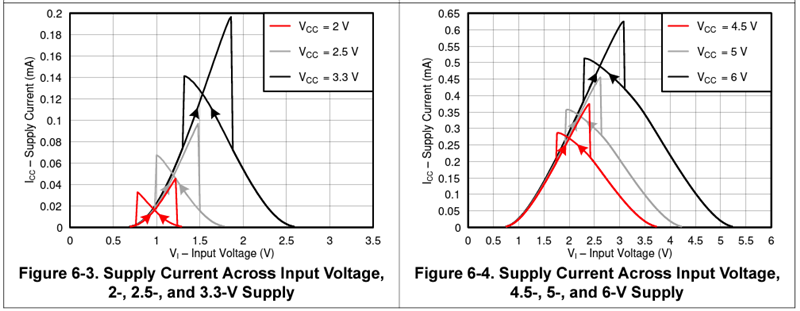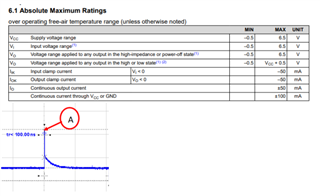Other Parts Discussed in Thread: SN74HCS244
Hi Team,
Good day. I am posting this inquiry on behalf of our customer.
We are currently designing a new product in our microwave/steam oven product range and we are looking at part No. SN74LVC1G17, which we use in other products, as a good component to meet the requirements. What I cannot find in the standard specification, is the 'Peak' inrush current, these components are rated to.
Please could you let me know what this ‘Peak Inrush Current’ is and send me further details/specifications to verify this?
Please help to advise. Thank you for extending your support.
Kind regards,
Marvin





